Away Game: Lecce, Italy
Coast to coast, sea to sea, the scenes of Salento are unlike anywhere else
Away Game is a format that showcases journeys as they unfold. Live dispatches from unfamiliar places. Notes, stories, and reflections on the thrill of discovery. Mostly photos, with some shorter-form writing intertwined.
Away Game: Lecce, Italy
Unione Sportiva Lecce finished the Serie A season in 17th place out of 20 teams. You don’t need to be well-versed in fútbol transfer news or know the technicalities of offsides to understand that’s not very good.
But considering the scenes in Lecce — fans and players in tears, celebrations in the streets — you would’ve thought they’d won the league. Maybe even the Champions of Europe.
With a scrappy win on matchday 38, the final game of the season, U.S. Lecce avoided relegation. For a team of this caliber and resources (read: not very talented, kinda broke), that was equivalent to winning it all.
Lecce is a charming city — it’s the largest I’ve visited in Puglia, though still quite small in the grand scheme of things, with a population of just 90k. Walking around, it feels right-sized for the number of people who live in and visit it. There’s room to stroll the parks, navigate the alleys, and admire the Baroque architecture — all without getting bumped by a tour group rolling 30 deep. Don’t get me wrong, the brigades of elders rocking Hawaiian shirts and Tevas are still around — they just aren’t an impediment. There’s room to breathe in Lecce.
Charm is a hard thing to pin down — it’s a mix of visuals, experiences, and feelings. When I feel at peace, inspired by my surroundings, free to be myself, stimulated by the scenes — that’s charm. Lecce’s charm comes from its cream-colored limestone facades, which gleam in the afternoon sun and glimmer in the evening light. It’s supported by the steady hum of the main throughfares, which fade to near silence as you duck into the calmer pockets of town.
There’s an easygoing energy and a youthful spirit in Lecce — not in an Indiana University study-abroad kind of way, but more like a counterculture-esque escape for Italians who want a change of pace from the bigger cities.
I’ve heard the claim over and over that Lecce is “the Florence of the South,” to which I’ll humbly disagree. Lecce is self-aware enough to know it’s not Florence. It’s not trying to be. It doesn’t want to be.
Florence is vast, full of prolific, iconic landmarks — whimsical in a way that, at times, almost feels like Italian Disneyland. Lecce is slower-paced, humbly historic, and down-to-earth — without ever feeling like you must be this tall to ride this ride. Both cities have a good-looking Duomo at their centers, and both can pour you a mean Campari spritz. But that’s all I’ve got on my list of similarities.
I’d go as far as to say comparing Lecce to Florence does Lecce a disservice — sells it short. If you come in expecting romantic arched bridges over canals, the statue of David (or something equally awe-inspiring), or even that crispy-yet-pillowy schiacciata bread holding together your afternoon sandwich, you’ll be disappointed.
But if you experience Lecce with an open, non-comparative mindset, you’ll be a major fan — I’m sure of it. That means appreciating Lecce for the city it is, making the most of everything it has to offer.
Part of that offer — maybe Lecce’s greatest asset — is the Province’s coastal cities, all within 30 minutes: Otranto, Gallipoli, Nardò. With Lecce as a base, you can craft a day unlike anywhere else in the world (at least anywhere I’ve been).
A morning spent on a white-sand beach, swimming in the crystal-clear waters of the Ionian Sea. An ascending drive along winding roads, overlooking rocky coastlines and the sapphire glow of the Adriatic. Pit stops in beach towns like Tricase for a world-class seafood-forward lunch. Afternoon espresso over ice, watching the waves roll in. And then, wrapping the night back in the city — in Lecce — for dinner after the heat subsides.
Like U.S. Lecce’s season, success — or enjoyment — is all about framing. Inter Milan plays with a $140 million payroll. Lecce scraped through with $19 million. They’re on the same pitch, but it’s an entirely different game. By measuring and comparing, you’re missing the point, the uniqueness, the identity.
Lecce is playing its own style on its own terms. It has everything it needs — and more — in this corner of Italy.
A few more standout shots from this week — Gallipoli, Nardò, Tricase, and more:




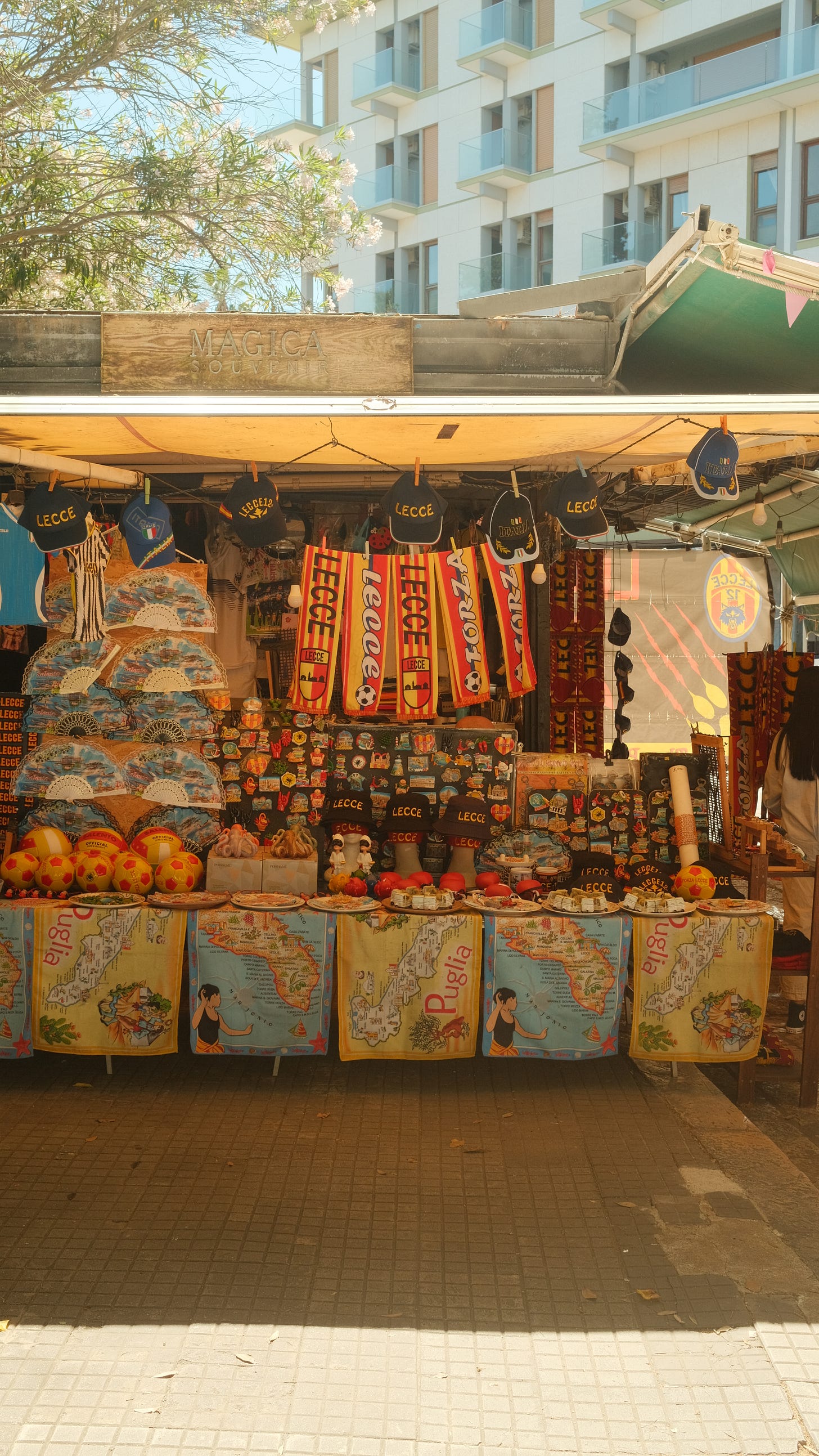

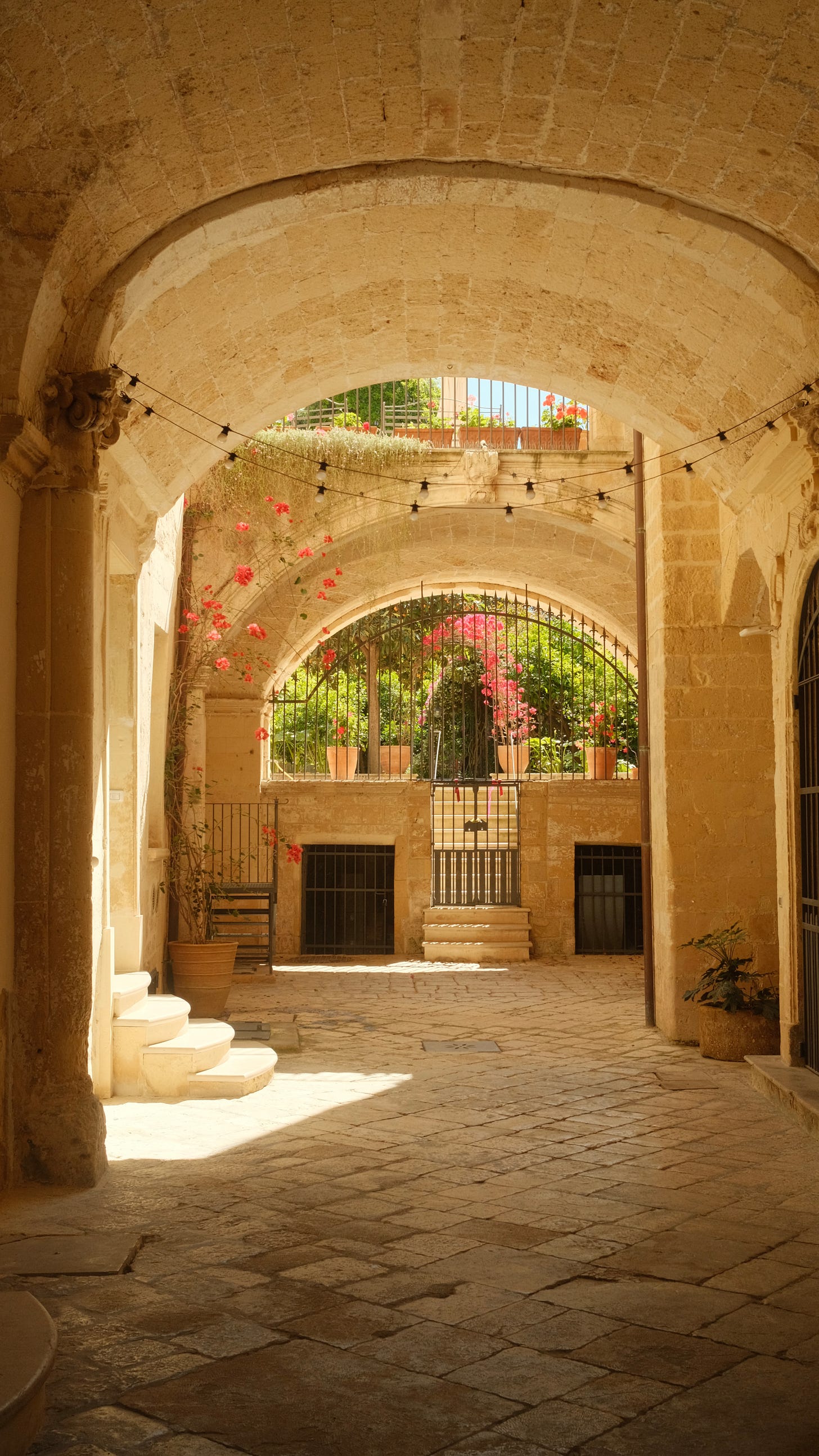
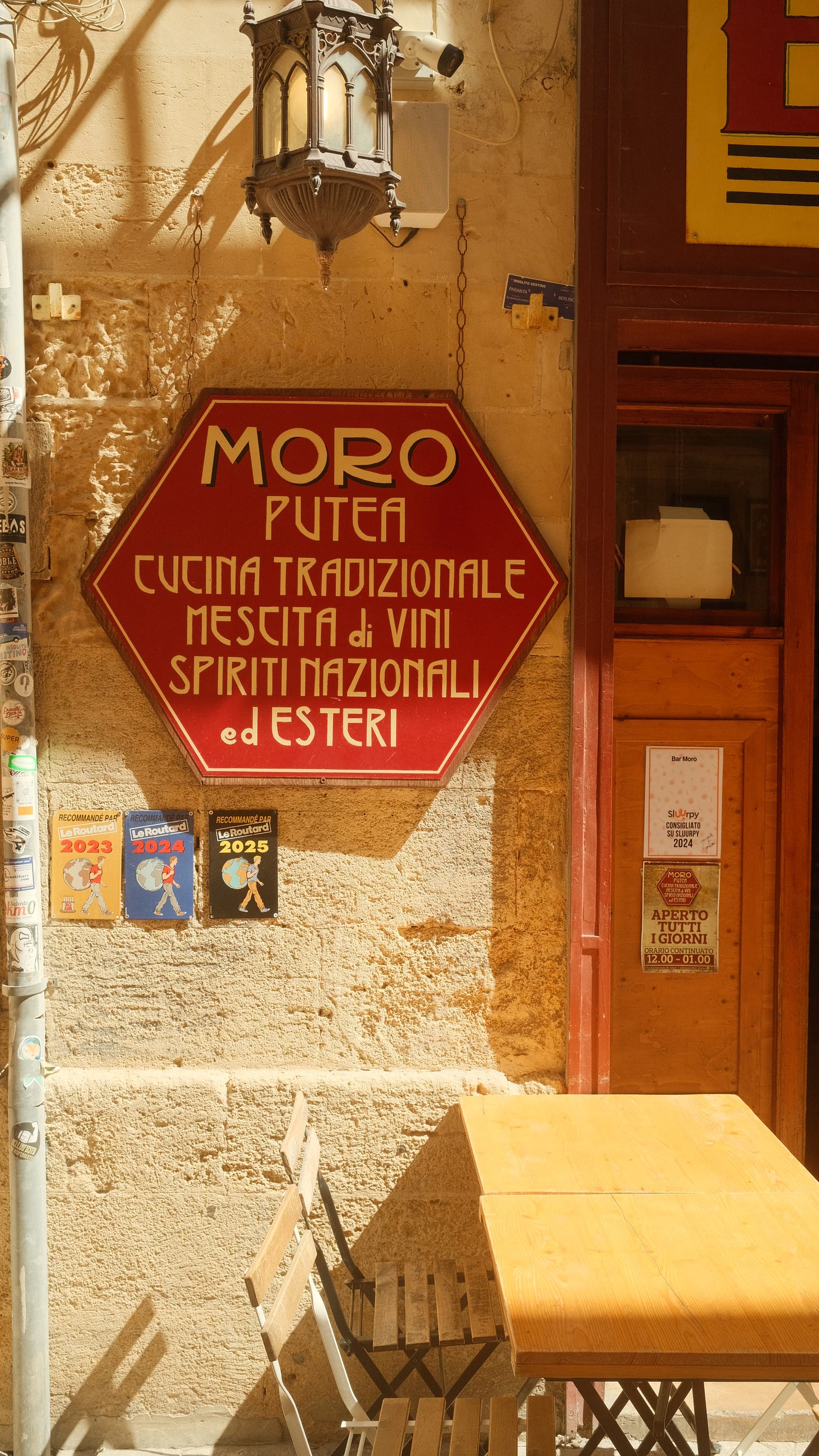






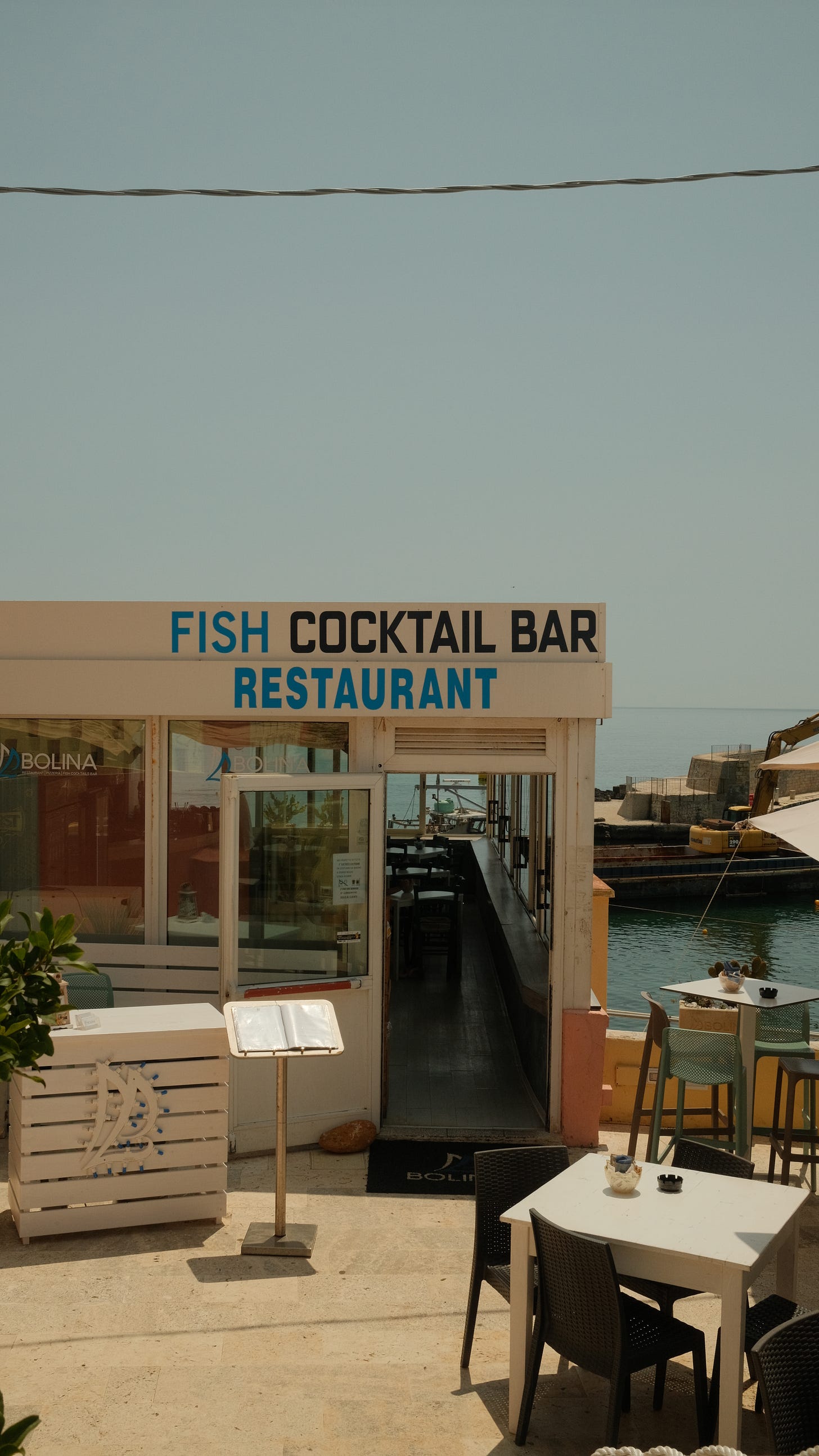
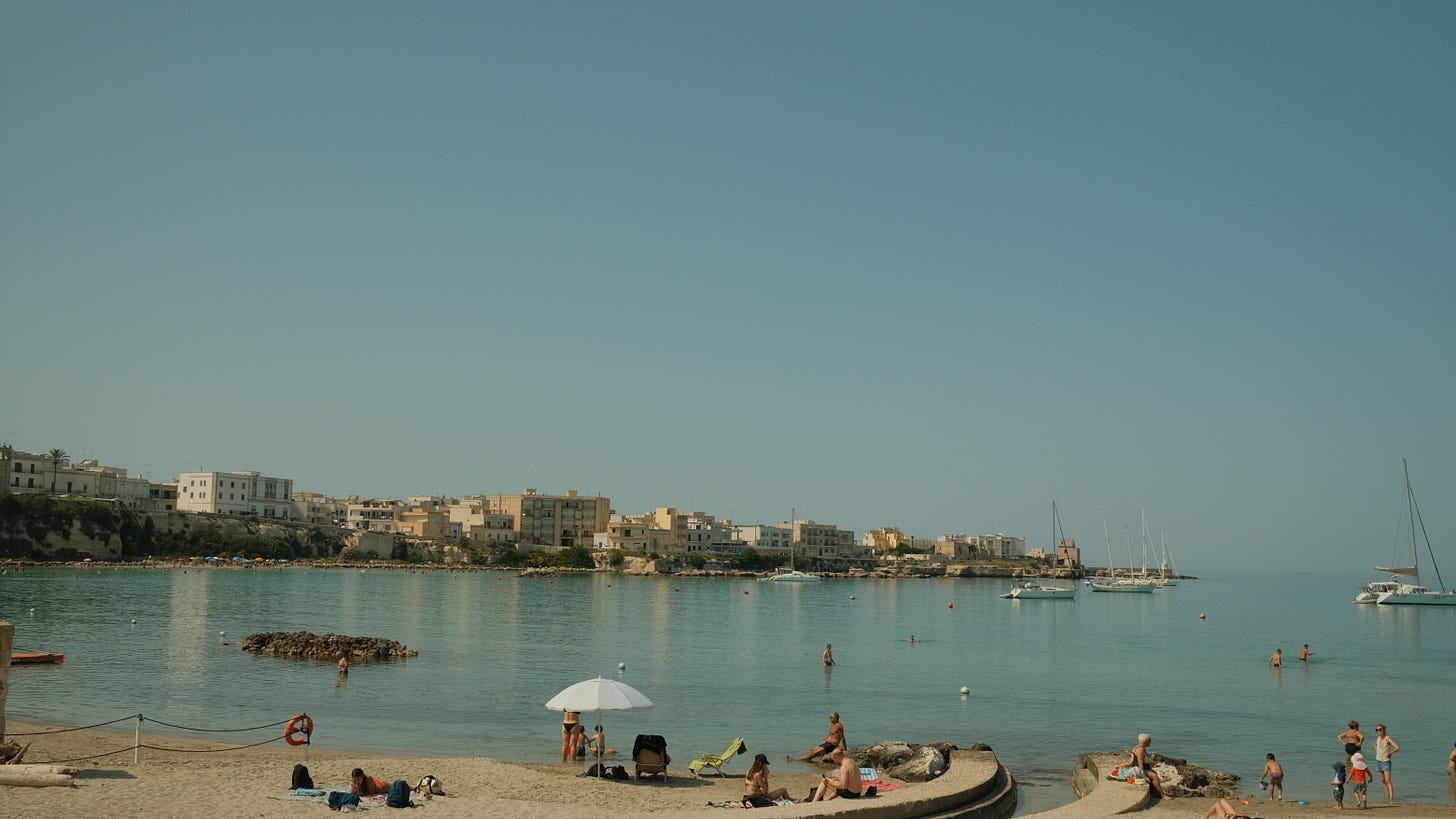
Between the pictures and descriptions, utterly amazing!
These shots are insane